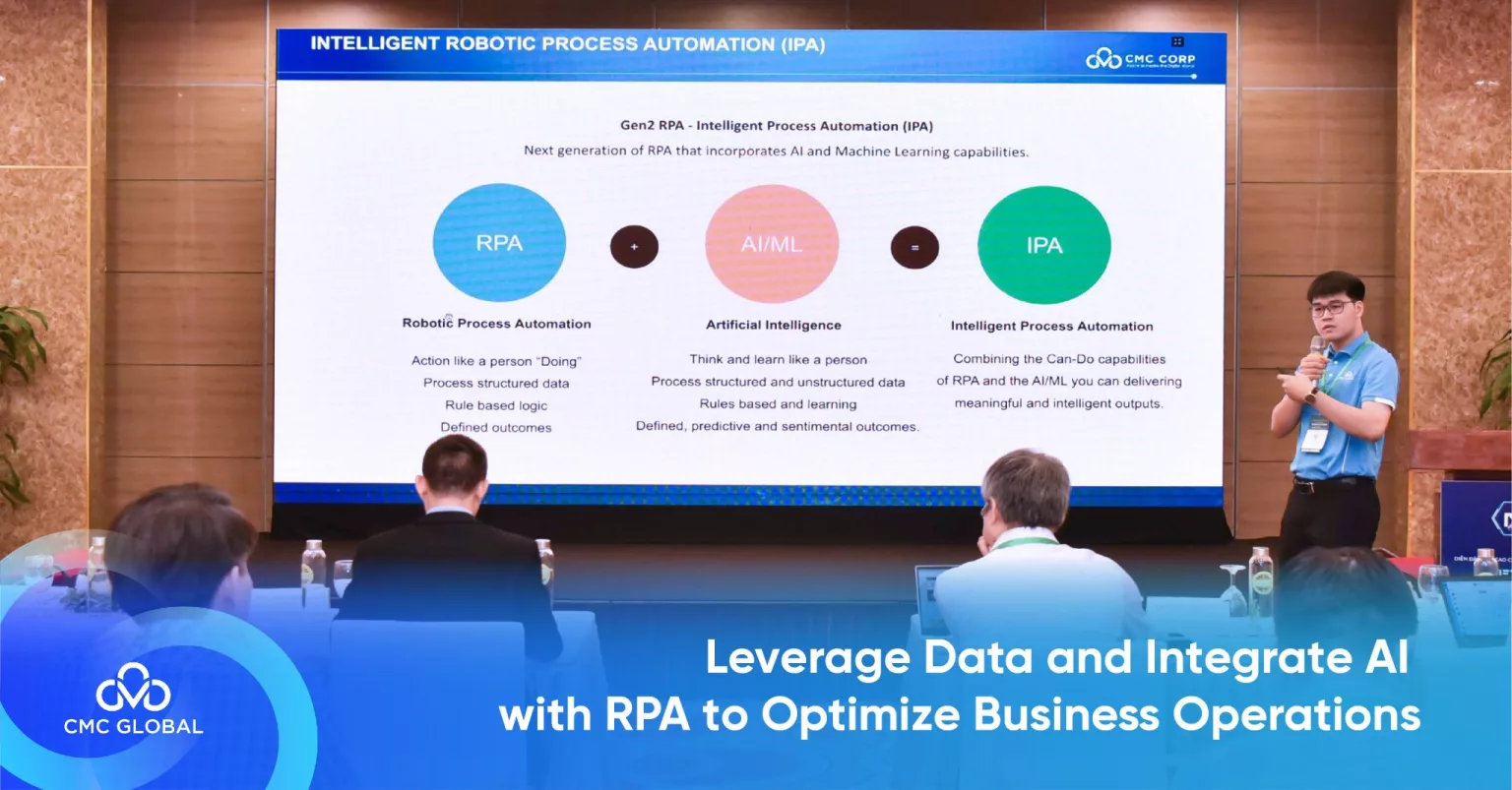The complexity, however, lies in when to use which model. There are circumstances where your needs can only be solved by using multiple clouds, but there are others in which it only makes sense to use a hybrid cloud. Although there’s no easy answer for when you should use which, we’ll share with you in this article some fundamentals that you can rely on to guide your decision.
What Is Multi-cloud?
The multi-cloud model involves using two or more public cloud providers to migrate data to the cloud. For example, an organization that employs multi-cloud may use a public cloud provider’s IaaS, e.g., AWS, to host its workloads while using a SaaS provider, e.g., Hubspot, for its business tools.
Multi-cloud doesn’t mean you have to stick with an IaaS-SaaS combination. Multi-cloud is the combination of two or more providers, and each provider can be responsible for whatever part of your operation you assign to them.
This model can offer several benefits, such as:
- Better cost management. Cloud services allow you to pay for only what you consume, which is often cheaper than building your own data infrastructure. This pay-as-you-go model is highly cost-effective because you can predict how much you need to spend based on your workloads, unlike on-premises infrastructure, where your purchased hardware can stay idle when your data process needs are low.
- No infrastructure issues. Apart from the potential waste of underused hardware, on-premises infrastructure also requires additional staff to run, maintain, and operate it. Going full cloud will get rid of these hassles.
- Stronger resilience. If tied to a single cloud provider, you run the risk of having your operations halt if a business-critical application becomes inaccessible if the provider experiences an outrage. Multicloud ensures that you can retrieve information at any given time, regardless of any expected or unexpected issues that may take place.
- The solution to Vendor lock-in. Using a single cloud vendor puts you at the mercy of that provider, which means you’ll have to accept their price increases and tolerate their issues even if they’re harmful to your business. Spreading your workload across multiple providers, on the other hand, means you have the option to leave when one of them can no longer serve your needs. You can also transfer your workload from one to another to maximize cost savings.
The multi-cloud approach also involves some disadvantages:
- Growing cloud costs: Setting up your system with multiple providers is more costly. Using multiple cloud platforms is also more costly because to achieve this kind of portability that multi-cloud offers, you will need to invest in multi-cloud management tools.
- Specialist management expertise: Multi-cloud management requires specific technical expertise to ensure your IT environment remains available and secure. If your multi-cloud system isn’t managed efficiently, it can cause significant issues such as increased costs and complexity.
What Is a Hybrid Cloud?
The hybrid cloud model is the combination of a private cloud and a public cloud or a public cloud with on-premises infrastructure. For example, you can use a private cloud for confidential data or self-service resources provisioning for in-house developers while using a public cloud to accommodate website traffic and operational data.
There are many benefits that a hybrid cloud can provide:
- Flexibility. Hybrid clouds offer a high level of flexibility. For instance, you can run a part of your data on your on-premises infrastructure for regulatory requirements or latency issues while running other parts on a public cloud to enjoy its advantages. You can also allocate workloads between the two environments in the most beneficial way for your business.
- Remote access. If you want to offer a work-from-home option for your employees, you must first make sure that these employees can still access all the tools they need to do their jobs. A hybrid cloud is a perfect solution, as it will allow your remote team members to access on-premises data and applications.
- Scalability. Hybrid clouds enable you to accommodate periods of high demand for applications or services without the high expenditure of overprovisioning hardware. You can configure your applications that normally run on your on-premises or private cloud to burst into the public cloud in times of usage spikes to ensure customer satisfaction.
The hybrid cloud approach, however, has some drawbacks:
- Difficult implementation. A hybrid cloud environment can be hard to implement and maintain. The design and implementation require the skills of an experienced cloud architect to make sure that the public cloud being used is compatible with the private infrastructure. It also requires on-premises infrastructure (servers, storage, and network components), which needs to be managed by a dedicated, trained IT team.
- Visibility. Cloud environments are complicated, and the complexity increases as you break your environment into two different environments. This makes it difficult to have a clear view of your cloud system as a whole.
- Bottleneck. The possibility of a network bottleneck emerges when transferring data between a private cloud and a public cloud. The transfer is done via the Internet, and it might be too slow to meet your IT needs.
Which Model Is Right For Your Business?
When you need to choose between the multi-cloud approach and the hybrid cloud approach, there’s no one best option for every circumstance. The key to making the right choice is understanding the strengths and weaknesses of each approach and then finding out which one can best satisfy your needs. Your decision should be followed by careful planning and implementation to achieve the best result.
From our experience, you should choose multi-cloud when you need a combination of cloud services that require two different providers to satisfy and choose hybrid-cloud when you need the flexibility of the two types of cloud at your disposal.
If your company doesn’t have the expertise to execute your cloud migration project in-house, it’s best to find a good cloud migration service provider to help you.
CMC Global is among the top three cloud migration service providers in Vietnam. We operate a large certified team of cloud engineers specializing in Amazon AWS, Microsoft Azure, and Google Cloud who are able to migrate your legacy assets to the cloud in the most cost-effective way and in the least amount of time.
For further information, fill out the form below, and our technical team will get in touch shortly to advise!




